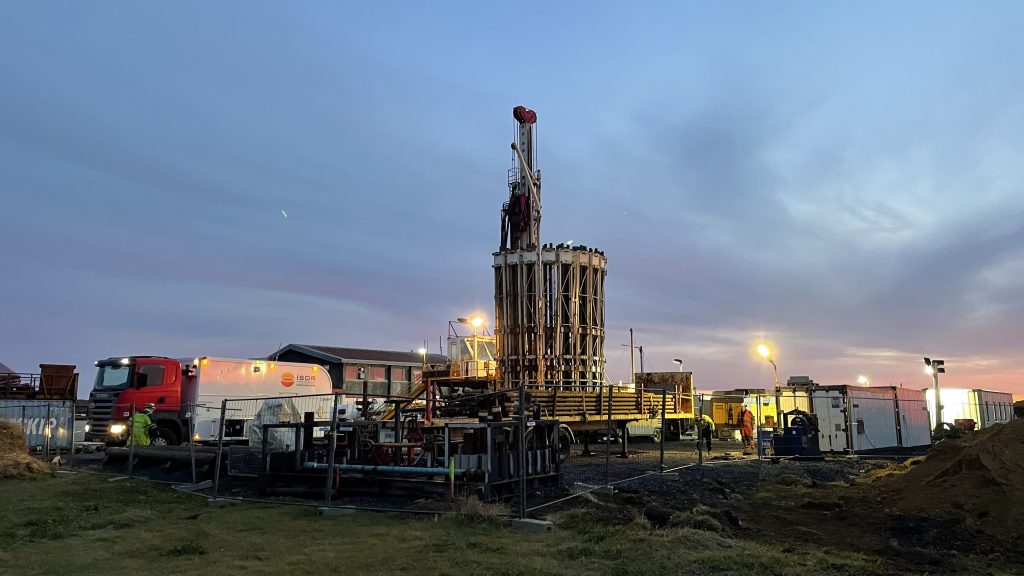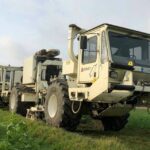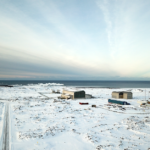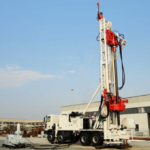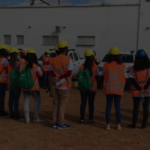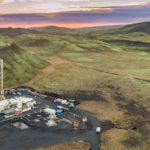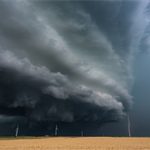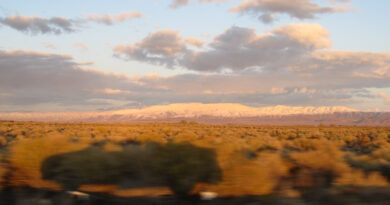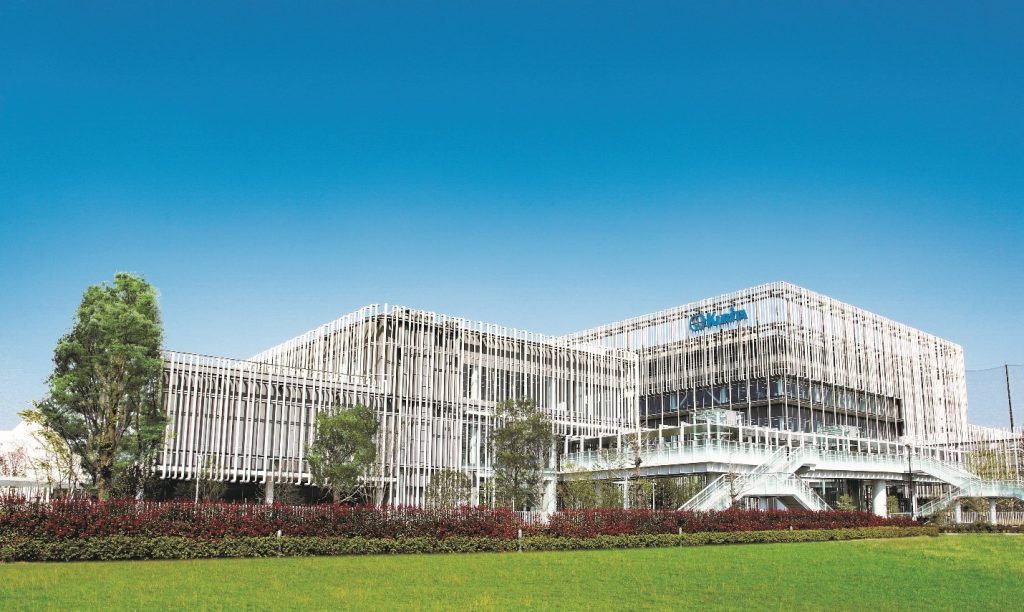Ensuring Safety in Geothermal Drilling: How to Assess and Prevent Risks
Energy Disrupter
Like any large-scale industrial operations, geothermal drilling comes with inherent personal and environmental risks. How can such risks be mitigated or eliminated?

This is a guest post by Medshop, one of the leading B2B medical equipment suppliers in the world and a leading source of occupational safety and health insights.
As the world is seeing the consequences of climate change more frequently and more dramatically, the demand for renewable, green energy is growing worldwide. One of the most widely available forms of green energy is geothermal energy, and the United States is leading the world in accessing this green, renewable resource.
Making use of geothermal energy for heating, cooling, and generating electricity requires drilling into the surface of the earth to access pockets of high heat. Working in the geothermal drilling industry does not come without its risks. Employers need to ensure they assess potential hazards and prevent risks from turning into accidents. In this article, we take a closer look at what is involved.
Understanding the Hazards of Geothermal Drilling
Earth’s temperature rises gradually from the surface – the coldest part – to its core, with temperatures changing about 1°F per 77 feet of depth. To make use of geothermal energy in the United States, companies do not necessarily need to drill very deep.
Pockets of so-called low-temperature thermal energy can be found just a few meters below ground. The dry heat in them can immediately be used for heating and cooling. Drilling crews can also add water to produce steam which can be turned into electricity. Although the industry is relatively new, the hazards workers are exposed to are similar to those workers face in related fields.
The Occupational Safety and Health Administration (OSHA) has gathered the most common hazards in the industry into six groups, including:
- Hazards relating to electrical exposure
- Hazards from a lack of fall protection
- Hazards relating to personal protective equipment
- Hazards from exposure to silica
- Hazards from trenching and excavations
- Hazards from welding and cutting
None of those hazards are unique to geothermal drilling. That means employers in the field benefit from having a knowledge base on which to model their assessments. Companies in the industry also had ready access to existing OSHA standards and regulations. All those form a solid base for protecting workers in the industry.
Assessing Risks in Geothermal Drilling
Careers in geothermal drilling can offer a large degree of variety. Choosing between remote sites or those closer to developed areas and different drilling techniques are only two of the variables that will influence which hazards need to be considered.
Assessing risks in geothermal drilling means applying relatively generic standards to the specific circumstances of a drilling site. Remote sites may pose challenges when it comes to accessing them with heavy machinery. If roads are unstable, they may require excessive preparation to avoid accidents. Lack of drainage may predispose a site to flash-flooding, endangering workers and damaging the drilling site.
Some geothermal systems drill directly into hot water or dry heat reservoirs. Others use saltwater solutions or glycol to create steam. In those cases, risk assessments need to cover how workers can minimize the risk of becoming exposed to those solutions. Considering this particular risk further, companies also need to address the potential environmental impact of their work. Could the drilling sump overflow and contaminate the surrounding area? What would be the consequences, and how can those be minimized?
Risk assessments in geothermal drilling do not end when the job is done. In many cases, creating access to a source of geothermal energy requires grading and leads to the displacement of potentially endangered species. Fluid remaining in the sump may also have a long-term impact.
Best Practices for Risk Mitigation and Elimination
The National Renewable Energy Laboratory (NREL) conducted a research project examining both technical and environmental considerations related to geothermal drilling. Based on interviews with geothermal experts, the result of the research is an extensive list of potential considerations covering site access, the site itself, water quality, safety, proximity to populations, and the best timing for closing or abandoning a well.
Their recommendations include best practices that apply to the planning phase, the actual period of drilling, and the time after the project is finished when companies need to return the site to its previous state. Here is a closer look at tactics that have worked for businesses in real life.
Real-Life Examples of Successful Risk Prevention
While OSHA’s website describes several recent accidents on geothermal drilling sites, the NREL’s research provides a range of real-life examples for risk prevention.
For workers, one of the biggest dangers is becoming exposed to and potentially burned by high-temperature fluids from geothermal wells. Wearing appropriate PPE is one of the most effective ways of preventing injury from unplanned contact.
Saying that, best practices in the industry revolve around preventing this type of exposure before it happens. Prevention includes placing hydrogen sulfide monitors on drilling sites and offering personal protection devices to workers. Warning signs about the temperature of the sump fluid can work effectively as constant reminders limiting the potential of complacency setting in during a project.
Industry best practices also include designing wells and drilling sites as safely as possible. Using blowout preventers as part of the design is essential to protect workers and the environment that they are operating in.
As a rule, the longer a drilling project is scheduled to last, the more important it becomes to place restrictions on operating hours to limit the noise exposure of nearby communities. The same limitations also work as effective protections for resident species that may otherwise leave the area and change the local ecosystem beyond repair.
Training and education are among the biggest parts of risk and hazard prevention. Equipping workers with in-depth knowledge of the risks and how to act in case of an accident is critical. This type of training goes hand-in-hand with providing emergency aid kits to use when there is a problem. While offices may need nothing more than a standard first-aid kit, remote drilling sites require additional safety gear and more highly trained personnel.
Why Geothermal Drilling Safety Matters
Geothermal drilling safety protects workers, communities, and the environment at the same time. As the demand for green, renewable energy continues to grow, it is important to facilitate this growth safely and sustainably. Minimizing and mitigating drilling hazards of all kinds will be a critical part of that.
By constantly reviewing and adapting best practices and safety procedures, this young industry can grow into a global safety leader as it expands its impact on U.S. energy production.


